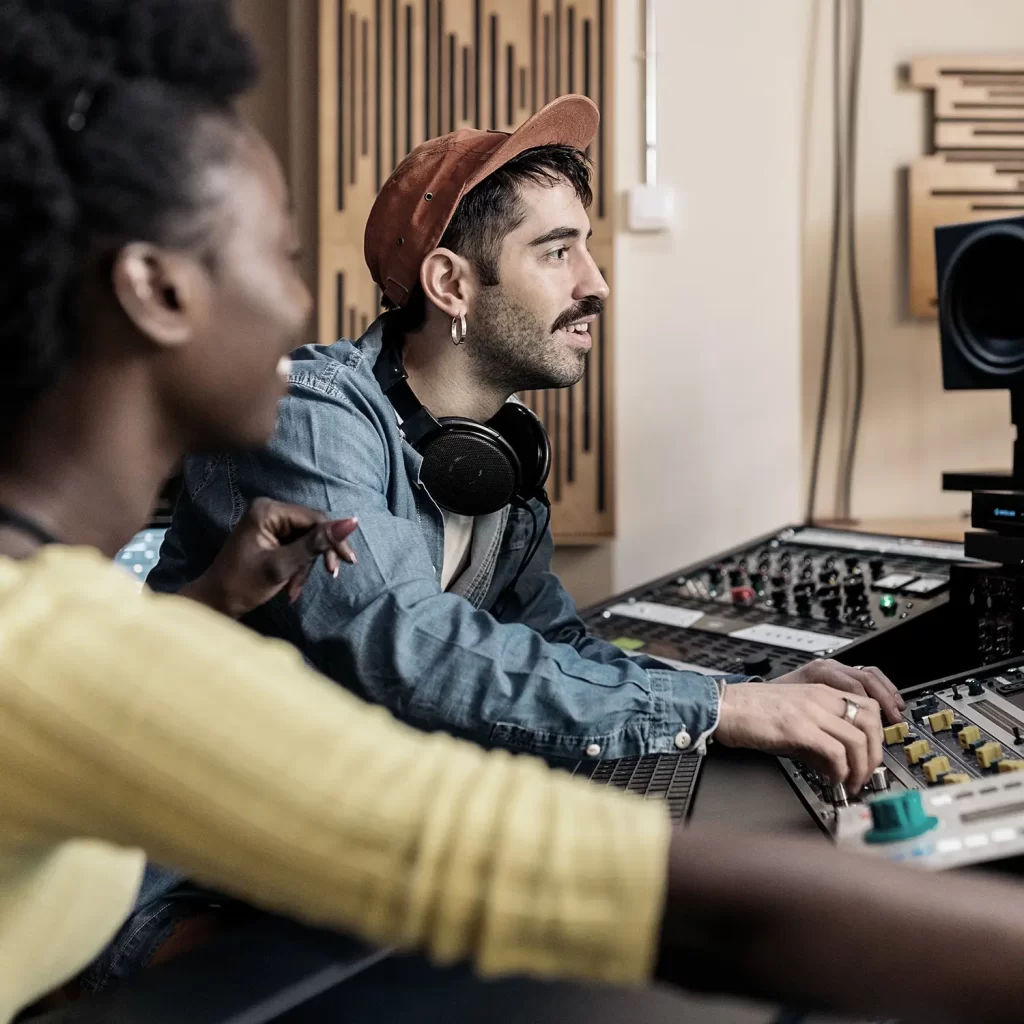The field of Artificial Intelligence (AI) is advancing at an unprecedented rate, with significant developments in areas like AI content production, generative AI applications, and emotion-driven robots. As businesses and consumers alike embrace these technologies, the landscape of content creation and human-robot interactions is undergoing a revolutionary transformation. This article delves into the latest advancements in these sectors, exploring their implications and future potential.
AI content production has emerged as a game-changer in various industries, from marketing to entertainment. Traditionally, content creation required time, creativity, and skill, but with AI tools, the process has become quicker and more efficient. A study by the Content Marketing Institute highlighted that 70% of marketers believe AI will be crucial to their content strategies in the near future. The rising popularity of tools like OpenAI’s GPT-3 has shown that AI can not only generate written content but also adapt to various tones and styles, making it a versatile tool for businesses.
As generative AI applications continue to evolve, they are enabling users to create highly personalized content. Recent advancements in natural language processing (NLP) have led to the development of AI systems that can comprehend context and generate coherent, contextually relevant responses. This capacity enhances the user experience, especially in sectors like e-commerce and customer service, where tailored communication is essential. A report by McKinsey & Company noted that businesses utilizing generative AI saw a 20% increase in customer engagement due to more personalized interactions.
Moreover, AI content production is also branching out into creative domains such as music and visual arts. Tools like DALL-E 2 and Jukedeck allow users to generate artwork and music based on specific parameters, showcasing the growing influence of AI in creative processes. As businesses tap into these tools, they can offer unique experiences to their customers, fostering greater brand loyalty. However, the rise of AI-generated content also raises ethical considerations, such as copyright issues and the potential for misinformation. Industry experts emphasize the need for guidelines to govern the use of generative AI to ensure it enhances rather than undermines human creativity.
Emotion-driven robots represent another groundbreaking development in the AI field. These robots are designed to recognize and respond to human emotions through machine learning algorithms that interpret vocal tones, facial expressions, and even physiological signals. Recent advancements have enabled these robots to exhibit emotional intelligence, making them more relatable and effective in social settings. For instance, robots like Sophia from Hanson Robotics have been developed not only to interact with humans but also to simulate compassion and empathy—qualities traditionally associated with human interaction.
Research conducted at MIT’s Media Lab has shown that emotion-driven robots can improve mental health outcomes for individuals, especially in therapeutic settings. By providing companionship and support, these robots can help alleviate feelings of loneliness and depression. In a groundbreaking pilot study, participants reported a 30% increase in overall happiness when interacting with emotion-driven robots compared to traditional therapy sessions.
The emergence of emotion-driven robots also poses significant implications for various sectors, including elder care, education, and mental health. In elder care, these robots can assist healthcare professionals by providing companionship to seniors, thereby improving their quality of life. Additionally, in educational settings, emotion-aware robots can adapt their teaching methods based on students’ emotional feedback, creating a more personalized and effective learning environment.
However, the rise of emotion-driven robots prompts critical ethical questions about dependency and authenticity in human relationships. Some experts caution against the risk of humans forming attachments to machines that lack the true emotional depth and understanding of human beings. Addressing these concerns will be essential as the technology progresses and becomes more integrated into society.
As AI technology matures, the intersection of these advancements in content production, generative applications, and emotion-driven robots opens new avenues for innovation. Silicon Valley is currently witnessing a surge in startups focusing on AI-based solutions that harness the power of these technologies to create smarter marketing tools, personalized learning experiences, and emotionally intelligent robots. According to a report by PwC, the AI sector is projected to contribute $15.7 trillion to the global economy by 2030, with generative AI and emotion-driven robots playing pivotal roles in this growth.
Despite the promising future, challenges remain. Issues related to data privacy, algorithmic bias, and the potential for job displacement due to automation are pressing concerns that need to be addressed. Policymakers and industry leaders must work collaboratively to establish ethical frameworks that govern AI’s development and deployment. This will ensure that the technologies benefit society while minimizing negative repercussions.
In conclusion, the advancements in AI content production, generative AI applications, and emotion-driven robots signal a transformative shift in how individuals and organizations interact with technology. As we continue to explore the endless possibilities of AI, it is crucial to remain vigilant and proactive in addressing the challenges that accompany these innovations. Through responsible development and ethical considerations, we can harness AI’s full potential to enhance creativity, improve well-being, and foster deeper human connections.
Sources:
1. Content Marketing Institute. “AI in Content Marketing: Current Trends and Future Outlook.” [contentmarketinginstitute.com](https://contentmarketinginstitute.com).
2. McKinsey & Company. “The Rise of Generative AI: Implications for Business.” [mckinsey.com](https://mckinsey.com).
3. MIT Media Lab. “Emotion-Driven Robots: Enhancing Mental Health Outcomes.” [media.mit.edu](https://media.mit.edu).
4. PwC. “Global Economic Impact of AI: Trends and Projections.” [pwc.com](https://pwc.com).




























